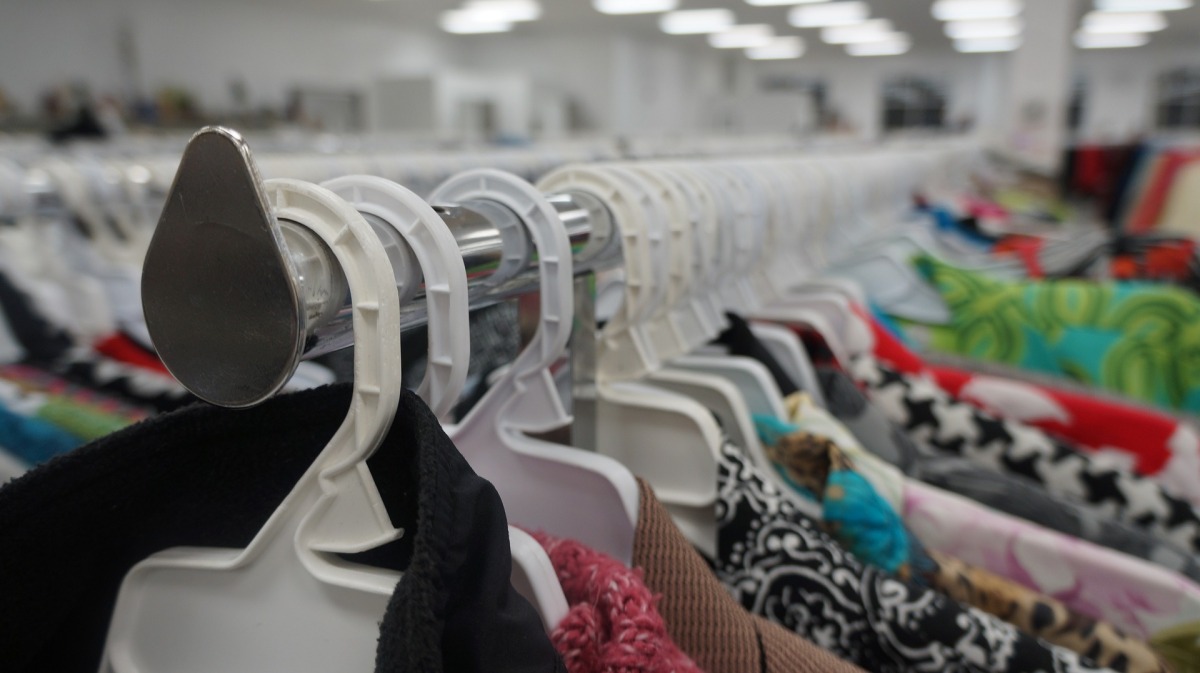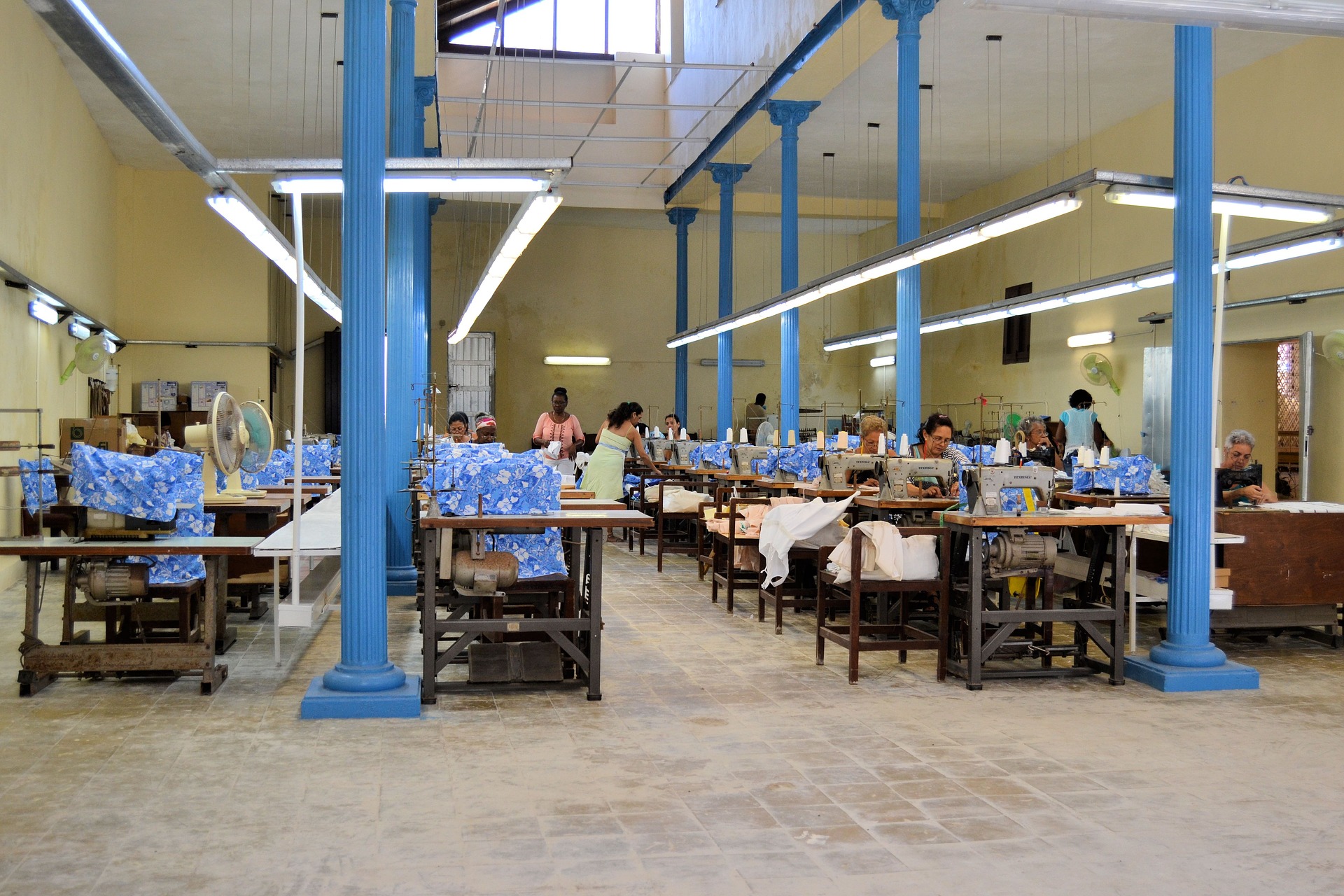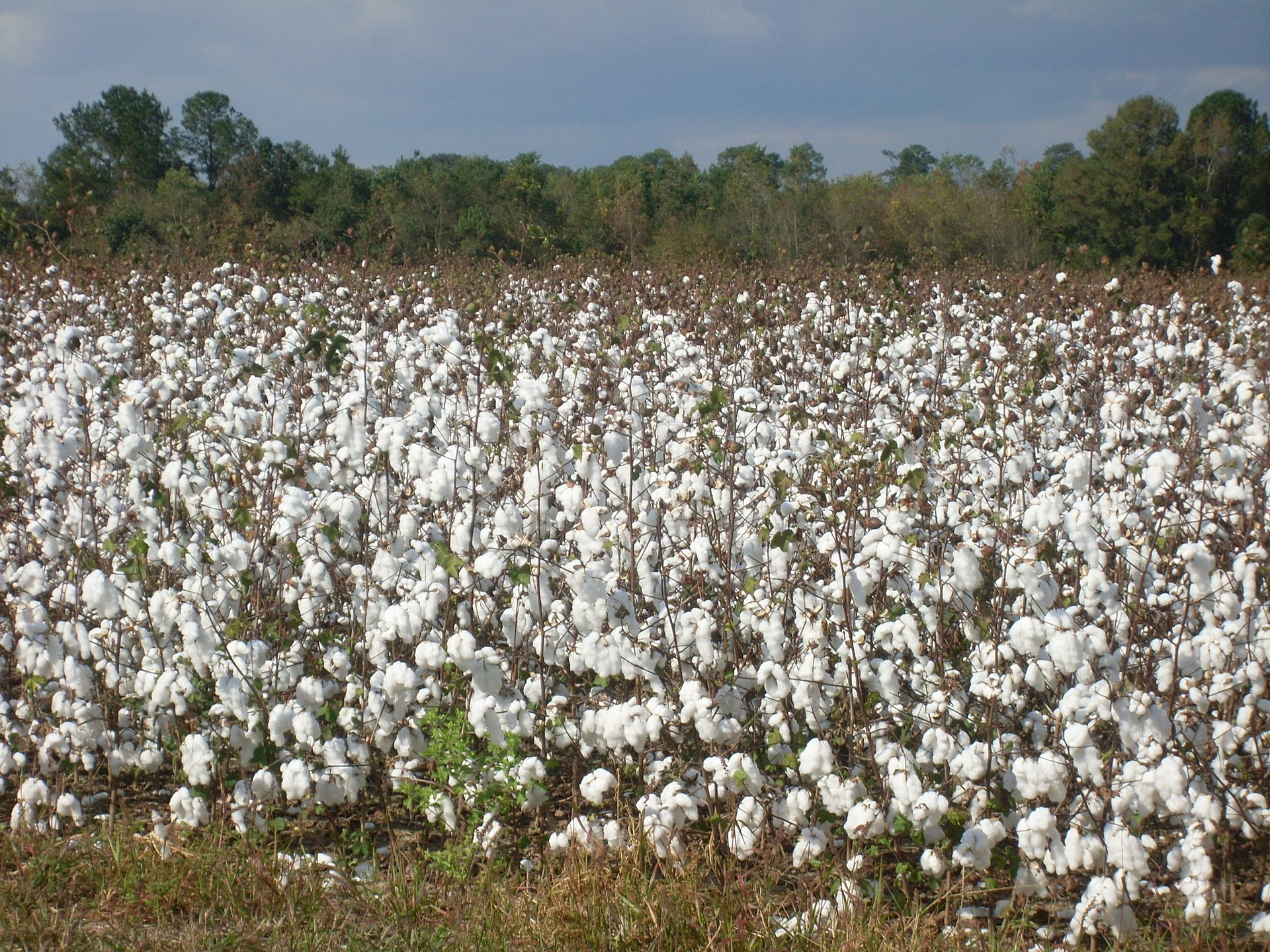Fast fashion is the second most polluting industry, second only to oil. And as consumers become more aware of this, they are beginning to take active steps to become more sustainable. This includes buying fewer ‘fast fashion’ items, demanding more sustainable options from brands and buying from smaller, more eco-friendly fashion companies.
But consumers still like to buy clothes. As a result, there has been a considerable increase in secondhand retail, becoming much more mainstream. Is this boom in second hand shopping a key tool for making fashion more sustainable? And what does this mean for the future of fashion brands and manufacturers?
Second hand clothing is becoming a mainstream concept
And it’s good news for the planet. Buying second hand clothes reduces energy and water used, as well as reduces C02 emissions. In addition, from a consumer point of view, second hand is often a great way to express personal style and support a more sustainable lifestyle overall – something that has become increasingly key since the pandemic.
Against this backdrop of increased awareness of sustainability and rising living costs, consumers are embracing second hand shopping. Platforms such as DePop, Vinted and eBay have become extremely popular, tapping into consumers’ desire to buy ‘new’ items while also making more sustainable choices. As a result, second-hand shopping is becoming much more accepted, with even celebrity influencers being urged to shop second-hand.
Several huge fashion retailers have entered the reused space, with Primark, M&S and H&M running recycling schemes. Retailer ASDA has gone one step further, successfully selling second hand clothing in the George section of their stores.
Second hand shopping allows customers to keep buying guilt-free
It’s an exciting shift. Consumers often say they want to support more sustainable options, but these come at a higher cost. Second hand shopping is an obvious way for shoppers to buy more sustainably without really sacrificing anything in return – it’s a great way to ease consumer guilt while getting that fashion fix.
What does this mean for the future of fashion?
Figures for the US second hand clothing market expanded 21 times faster than the traditional fast fashion market, and this is expected to grow significantly. While fast fashion is still likely to grow, this considerable rise in second hand clothing offers a massive opportunity for the fashion industry to respond and reshape.
We’ve previously discussed the importance of creating a genuinely closed-loop, circular economy for creating a truly sustainable fashion industry – and second hand fashion reselling will be crucial to this.
Brands need to respond to this accordingly. For example, clothes now need to be designed with resale and repair in mind, with circularity built in from the very start. This includes using fabrics and trims that will last multiple wears and owners and shifting away from quick ‘pop’ fashion hits when it comes to design- longevity and quality will become much more important (and expected).
It’s an interesting shift and opportunity for both brands and consumers to become more sustainable- but will they embrace it?
Textile Consult operates worldwide, consulting on a variety of management, training and sustainability issues within the textile industry. Contact us today to find out how we’ll work with you to find effective, sustainable solutions for your company.









You must be logged in to post a comment.